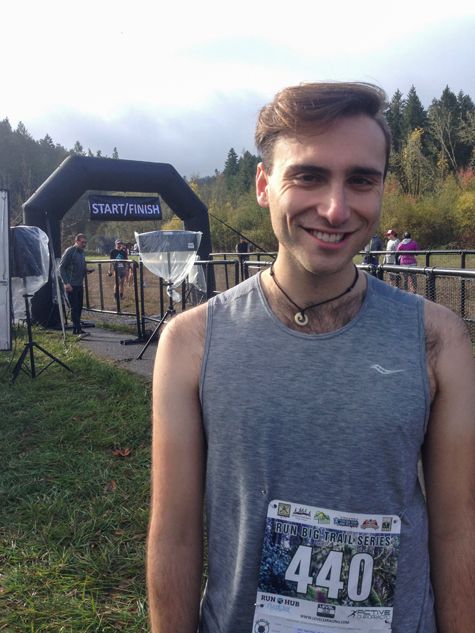Early Career Scientist Spotlight
Mr. Elijah Orland
Geomorphologist
Hydrological Sciences Laboratory
What motivated you to pursue a career in the Earth Sciences?
It feels a little cliché, but I’ve always loved being outside.I’m very grateful that my parents recognized this early on; I quickly became a summer camp kid who couldn’t get enough time outdoors, and I eventually realized later in my studies that my interest in being outside wasn’t purely recreational—I wanted to learn more about what made my favorite places tick. Granted, I do most of my work behind a computer screen now, but I love being able to learn more about our planet… it gives me a deeper sense of place.
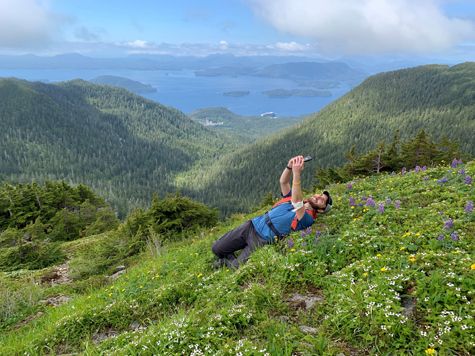
Credit: Annette Patton
What is your research focus?
I focus on modeling and quantifying the hazards associated with mass wasting, particularly landslides and post-fire debris flows. Often, I’m asking where we should expect these hazards to be elevated, and what conditions would trigger such threats.
For my own techniques, I want to ensure I’m not reinventing the wheel—I’m standing on the shoulders of the many scientists before me who have done a phenomenal job working on these questions already. Often, they use physically based or statistical models to assess the threat of mass wasting on the local or regional scale. I’m working to help contribute to this growing community in two ways—through methodology and using a more global scale.
For example, I utilize my background in machine learning to further supplement the utility provided by previous models, often where I am hoping to reduce the computational time needed for hazard assessment, or parse out physical insight from data-driven empirical models. Furthermore, my work at GSFC allows for the unique opportunity to assess these hazards on a global scale—an effort that provides additional resources for hazard mitigation to non-profits and governments alike.
What science question intrigues you the most?
I’m fascinated with the nexus of deep learning and the physical processes that govern how our planet changes form. This is mostly focused on mass wasting, but I realize there are more questions that need answering than just that – as much as I do enjoy my emphasis on it!
Still, I love seeing how deep learning-based models can represent process in a different way, yet nonetheless work to arrive at a similar result. It leaves me to ask, “What new information can I parse out from this? Is there something I’ve been missing?”. Pulling concrete information out of a complex deep learning model is no small feat, but that is what makes it so exciting.
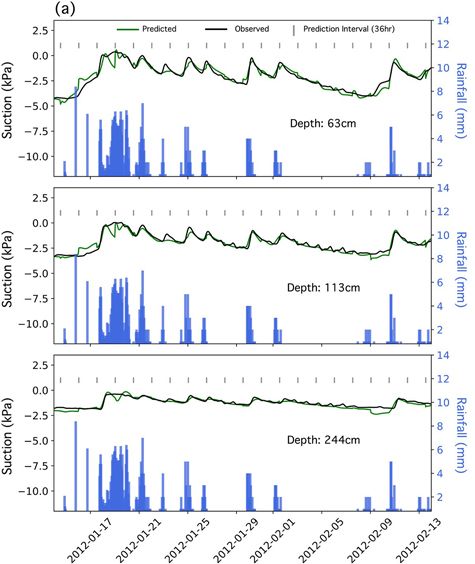
Figure from Orland et al., 2020
What aspect of your work are you most passionate about?
As much as I talk about my love for the methods that I use, I tend to find my passion from the people I’ve met through my work – either the researchers who inspire me, or the people living in high-risk areas who provide a tangible image of those who might be affected by what I do. It helps put all the slightly more frustrating moments associated with doing research (like sifting through old code!) worth it.
What do you enjoy the most about your job?
I really like the people I get to work with! I’m surrounded by such hard working and incredibly talented researchers who set great examples of the type of scientist I aspire to be. I also love having the opportunity to be curious and dive deep into something to find an answer. Of course, we all have deadlines to meet some days, but those moments where I can simply learn about something new is a ritual I treasure.
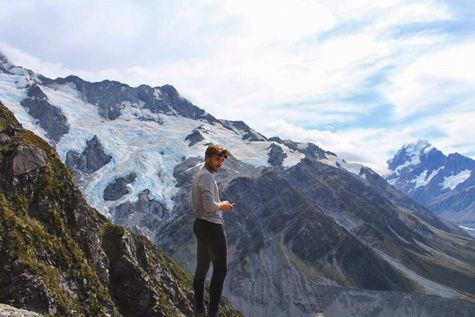
Credit: Haley Harckham
What do you like to do in your free time?
There was a time a few years ago when I was in a band, playing shows locally and simply enjoying the experience of sharing music with others. Since moving to the DC area in the middle of COVID, I admit this opportunity has not been as plentiful. That said, I try to exercise every single day, and often you can find me trail running or road biking in DC’s Rock Creek Park when I am not in front of my computer.
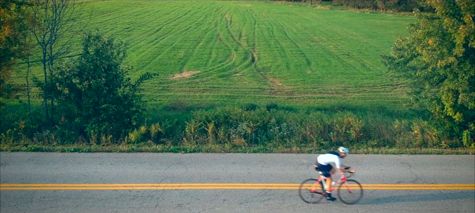
Credit: Craig Calhoun
What are your future research interests and goals?
This is a tough question for me to answer right now – I’ve seen just how much my own work has changed in the past few years that I realize plans can quickly and unexpectedly shift. If there is a common thread, though, it’s that I enjoy using my domain knowledge in the Earth Sciences/Remote Sensing to further our understanding of natural hazard assessment. As I mentioned earlier, I am particularly fascinated with mass wasting and have no plan to shift away from that. I do recognize, however, that it is not my singular interest, and I am motivated by all efforts to help with natural hazard mitigation.
Biography
Home Town:
Nashville, TN
Undergraduate Degree:
BA in Geology & Spanish minor, Middlebury College, Middlebury, VT
Post-graduate Degrees:
MS in Earth Sciences, University of Oregon, Eugene, OR
